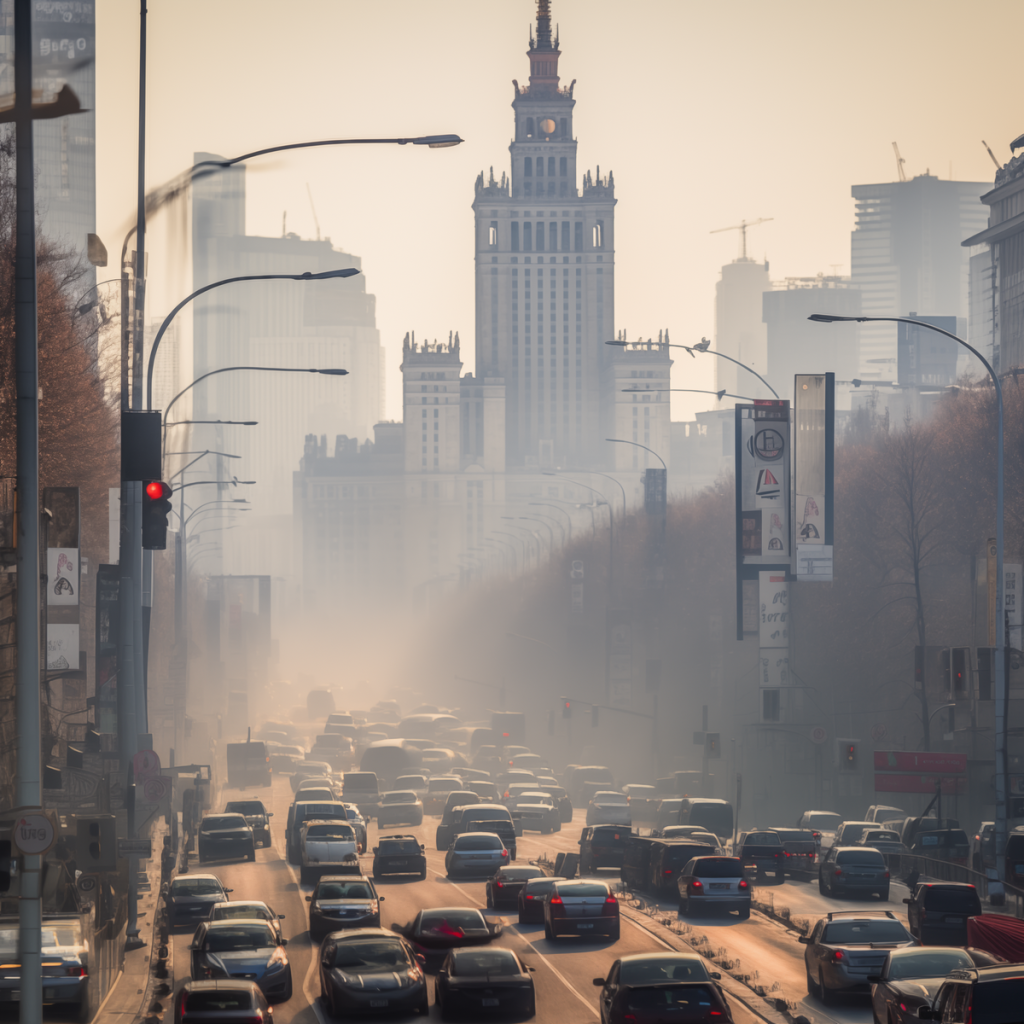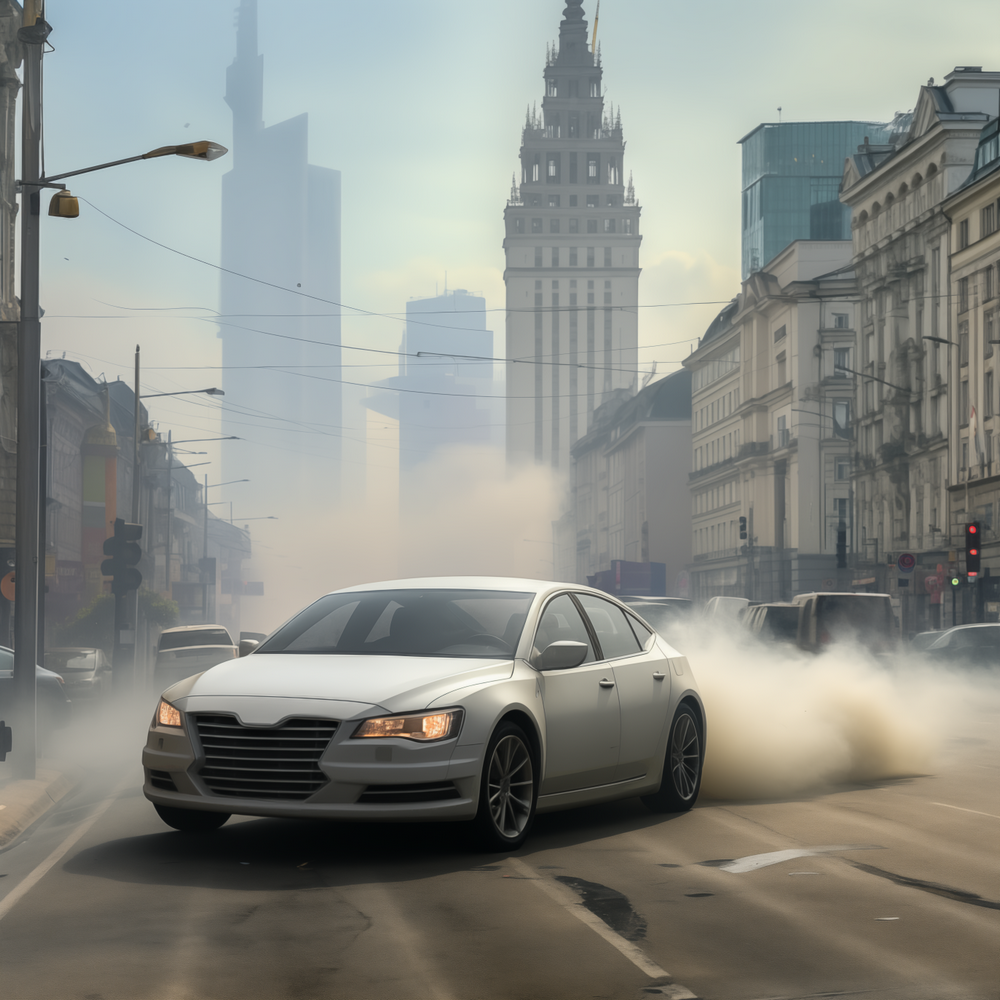Effective control of entry into the Clean Transport Zone and fee collection
Thanks to the Kairos Smart City LEZ software, real-time management of entry fees into the clean transport zone can be efficiently handled, generating actual revenue for the city. Kairos Smart City LEZ can provide flexible access solutions to the zone, such as periodic or permanent exemptions from fees for specific vehicle categories defined by law, such as medical service vehicles, police, military, etc. According to the city’s decision, the system can exempt specific categories, for example, disabled individuals or residents paying local taxes, increasing the attractiveness of the municipality and its personal income tax revenue. The software allows for real-time data collection and monitoring of the impact of actions on air quality and traffic within the zone, enabling better decision-making in zone and traffic management. As a result, Kairos Smart City LEZ allows for improved traffic flow management in the zone, potentially reducing congestion and enhancing traffic fluidity.

Development of eco-friendly infrastructure and transportation modes
Clean Transport Zones encourage the use of more environmentally friendly transportation solutions within the zones and, consequently, in other areas of the city. By restricting access to combustion engine vehicles, the Clean Transport Zone promotes the use of greener means of transportation, such as bicycles, electric scooters, electric vehicles, or eco-friendly public transportation. Establishing a Clean Transport Zone can stimulate the development of innovative transportation solutions, like autonomous vehicles and bike and car-sharing systems. The Clean Transport Zone can promote the creation of electric vehicle charging infrastructure, thereby accelerating the adoption of zero-emission vehicles. Furthermore, the Clean Transport Zone can support local businesses and boost the local economy by encouraging more pedestrians and cyclists to visit nearby shops.
Air Pollution Reduction
Limiting the entry of combustion engine vehicles into the Clean Transport Zone effectively reduces the emission of harmful substances into the atmosphere, improving air quality and the health of residents. The reduction in greenhouse gas emissions from vehicles aligns with climate change mitigation goals and contributes to meeting international climate commitments. Decreasing the number of combustion engine vehicles also results in reduced fuel consumption within the Clean Transport Zone.

Improvement in Quality of Life, Safety, and Public Health
The reduction of air pollutants significantly lowers the rates of respiratory and cardiovascular diseases, leading to healthcare cost savings. Residents of the Clean Transport Zone and those spending time within it will enjoy an enhanced quality of life due to reduced noise and pollution. Fewer vehicles translate to a decreased risk of traffic accidents and improved safety for pedestrians and cyclists. Reducing the number of vehicles in the Clean Transport Zone can alleviate traffic congestion and reduce travel times, thereby enhancing the efficiency of both public and private transportation. Investing in effective monitoring software for the Clean Transport Zone brings long-term benefits to society and the environment, creating a more sustainable city that combines environmental protection with improving residents’ quality of life. Fewer vehicles and reduced air pollution will ultimately improve the aesthetics of the area and increase its tourist appeal.
